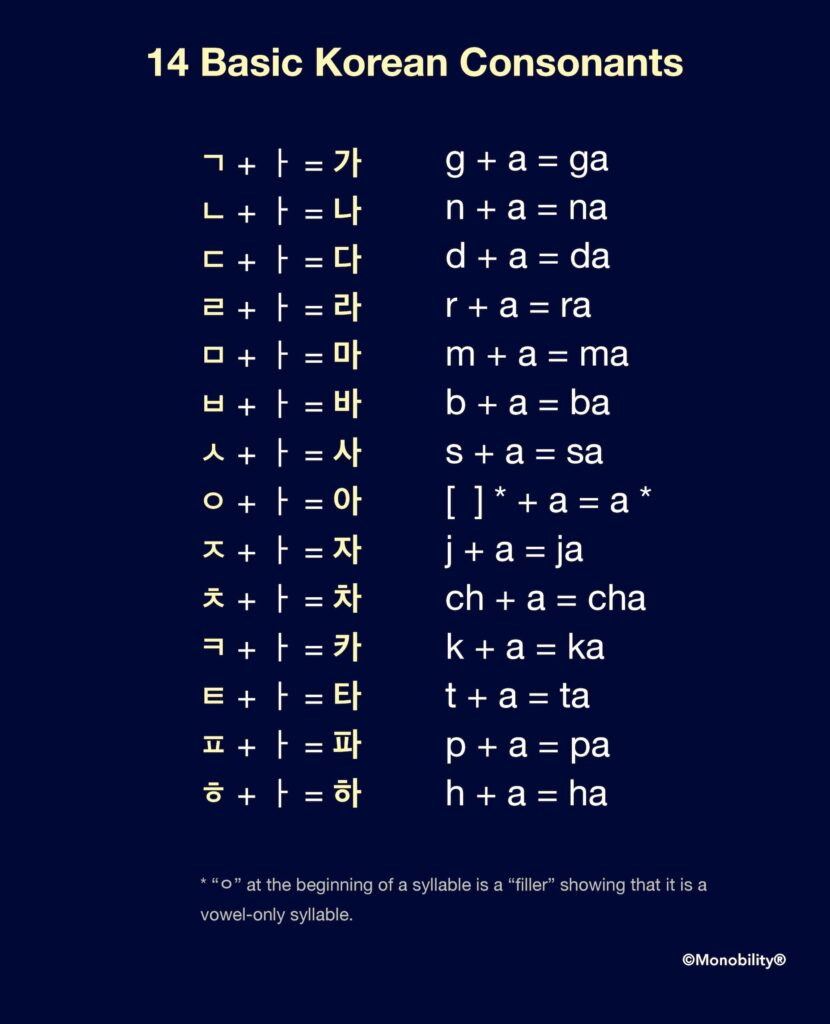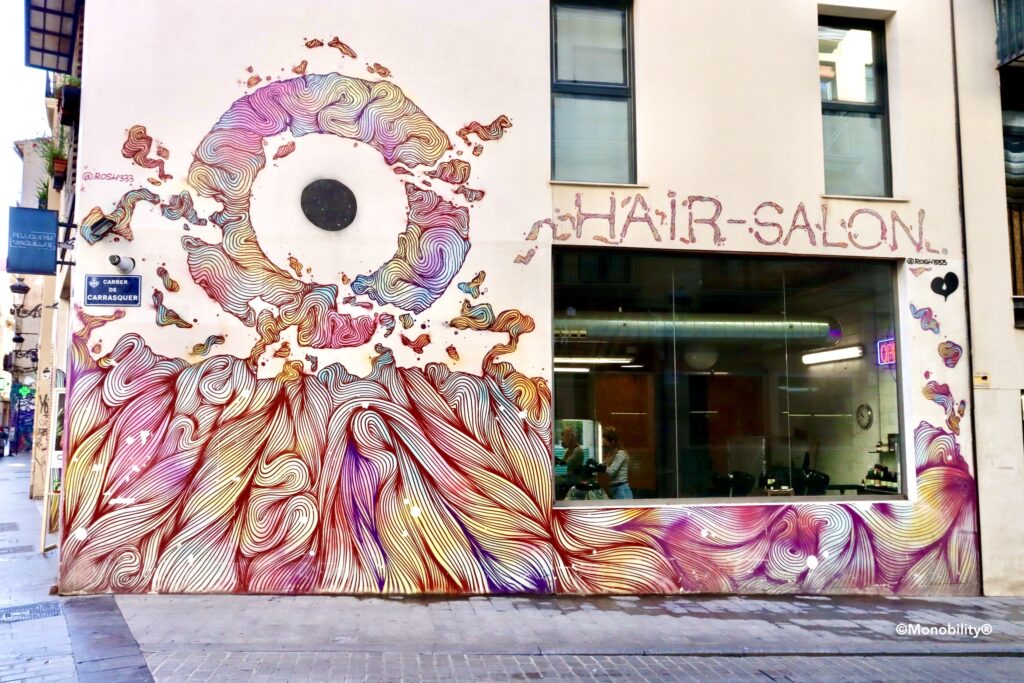I know some of you are interested in learning Korean from the beginning. Not a problem! This group is the right place, not only for serious members at an advanced level but also for beginners who are completely new to the language. We won’t teach you each and every detail as in a language course. But we can guide you on the right path to wisely build a good foundation as you progress, with all the fun and fringe benefits of learning this language.
The first step to learning Korean is mastering the Korean alphabet, Hangul (한글). Hangul is a perfectly phonetic alphabet, which allows anyone to learn it easily and quickly. There are names for each individual letter in 한글, such as 기역, 니은, 디귿, etc. However, with due respect to the 16th-century Korean linguists who first came up with the names, I find them pretty useless for learning Korean, and hardly helpful in daily life in Korea. Unlike in some other countries, nobody in Korea spells their name by saying 기역, 니은, 디귿, etc. Neither in government offices nor at restaurant reception desks. When asked about correct name spelling, Koreans tend to write with fingers in the air or on a surface, or pronounce each letter repeatedly comparing against a confusing sound, like “란이 아니라 난” (난 instead of 란).
As with other languages, the best way to learn alphabet sounds is to follow the ways of the little children who speak the language. Every Korean child learns Hangul starting with 14 basic consonants AND a vowel “ㅏ” which corresponds to [a] sound:

The second column shows only “approximate” counterparts to the English sounds. But it’s important to remember that Korean sounds are rather different from English sounds (or any other language for that matter). For example, “가” may sound rather like [ka] to some people, and [ga] to others; “라” sounds more like [la] to English speakers, but also like [ra] with trilled [r] to some others. In this world, everything is only relative. So, the best way to learn Korean is just to listen carefully to the recordings like the video below, and mimic the sounds of native speakers as they are, just as little children do:
Here is the rule of thumb for the budding Korean learners: Never expect one-to-one correspondence between Korean and your native language, whether it’s pronunciation, grammar, or vocabulary. Instead, learn Korean as it is, as native Koreans speak or write. In fact, it’s the best strategy to learn any foreign language. This mindset will benefit you in the long run, and help you progress much faster than others.
Join Monobility® Group for much more:



